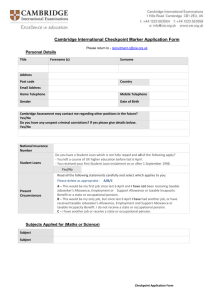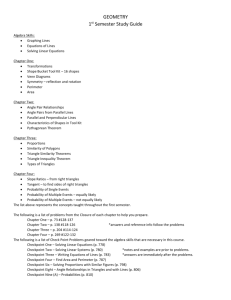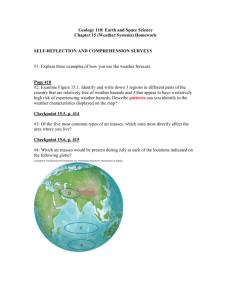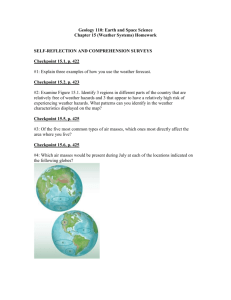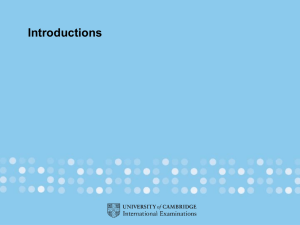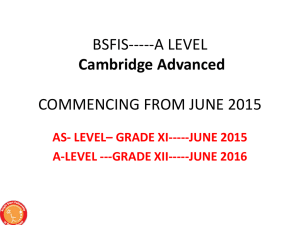what is cambridge check point? - International Pioneers School
advertisement
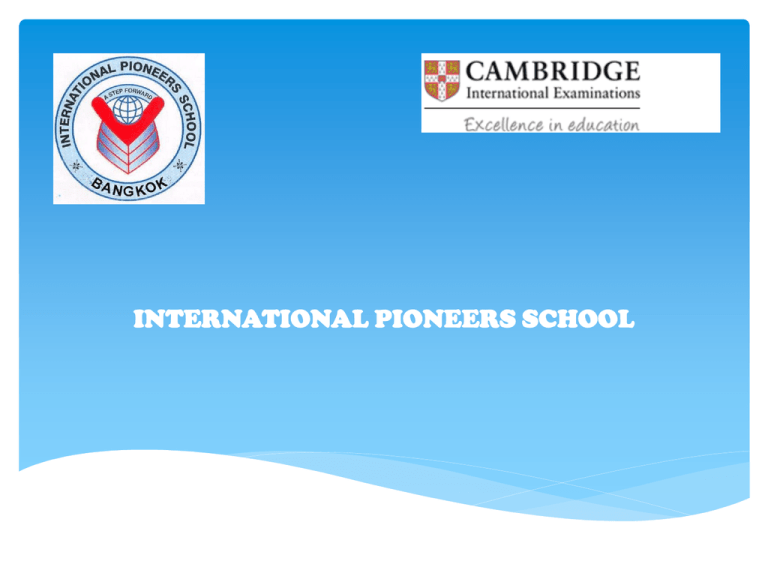
INTERNATIONAL PIONEERS SCHOOL EXAMINATION SYSTEM INTERNAL EXAMINATIONS: Two formal exams and one End of the Term Examination EXTERNAL EXAMINATIONS: IGCSE (Year 11) and CHECKPOINTS ( Year 6 and 9) WHAT IS CAMBRIDGE CHECK POINT? A Diagnostic Test Taken At the end of Key Stage 2 Available two times a year Gives teachers, students and parents insight into strengths and weaknesses In English, Maths, Science WHO CAN BENEFIT FROM CHECKPOINT TESTS? Cambridge Checkpoint is for students around 11 years of age. Ideal for those beginning courses leading to Cambridge Secondary 1 Checkpoint exams in English, Mathematics and Science. WHAT ARE CHECKPOINTS TESTS LIKE? There are 2 papers in each subject, each approximately one hour in length. They provide good preparation for Cambridge Secondary 1 examinations, by allowing students to experience an external exam. REPORT INFORMATION Each student will receive a statement of achievement. Results are given as checkpoint scores between 0.0 (the weakest performance) and 6.0 (the best performance). The average score is between 3.0 to 4.0 Examination certificate is not issued for Cambridge Checkpoint tests. If it were a certificated qualification, then it would not be possible to have flexibility in the timetable and in the curriculum. WHICH TOPICS/SKILLS DO THE CHECKPOINT TESTS COVER? ENGLISH MATHEMATICS SCIENCE Reading Number Biology Writing Algebra Physics Usage Space Chemistry WHEN DOES CAMBRIDGE CHECKPOINT TAKE PLACE?? There are two Cambridge Checkpoint sessions a year. Each session lasts for a specified time-frame and the approximate timings of the sessions are: May session – the end of April and the beginning of May October session – the end of October and the beginning of November COMPARING CHECKPOINTS AND SATS Checkpoint is a diagnostic test which provides feedback on a candidates strength and weaknesses whereas KS2 SATs is a summative test designed to assess students’ performance. The scores on the Cambridge Checkpoint scales are 0.0 to 6.0 whereas the KS2 SATs levels are commonly 3 to 6.
